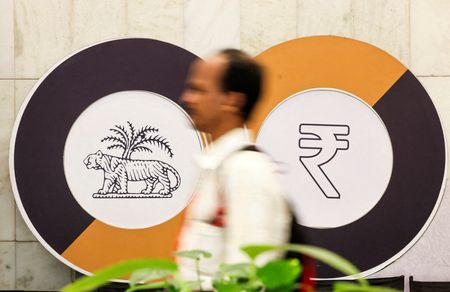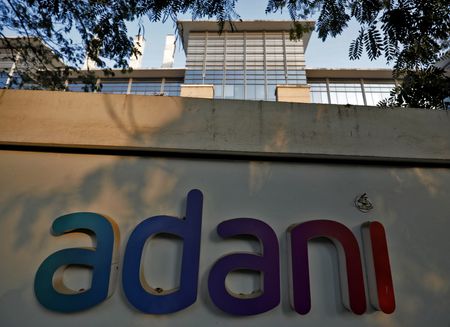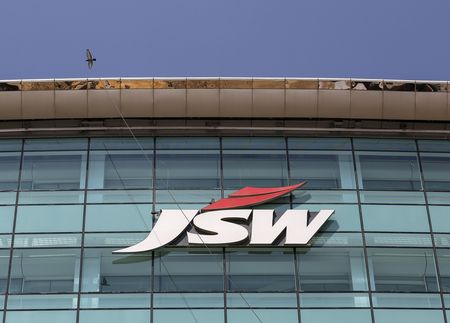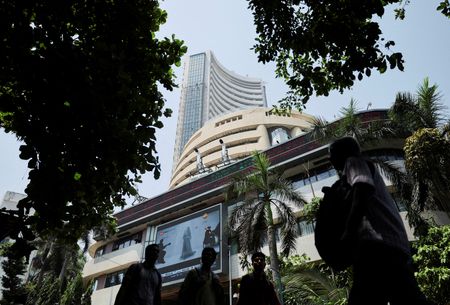By Dharamraj Dhutia and Nimesh Vora
MUMBAI (Reuters) – The 1-year dollar/rupee forward premium plunged on Monday and shorter-term India government bond yields fell, after the country’s central bank announced an FX swap to shore up rupee liquidity.
WHY IT’S IMPORTANT
Forward premiums are a factor that companies take into account while making their decision on hedging their foreign exchange risks.
A drop in forward premiums reduces the hedging cost of dollar payments that are due in the future.
Meanwhile, lower shorter-duration yields are beneficial for corporates and non-banking financial companies as they mainly borrow through such papers. Corporate bond yields track government counterparts, and a drop in yields reduces the borrowing cost of companies.
CONTEXT
The Reserve Bank of India will conduct a $10 billion 3-year buy/sell swap on Friday, which would infuse around 870 billion rupees of liquidity in the banking system.
The move comes at a time when the banking sector has been reeling a under large cash deficit, which is expected to persist.
The RBI has already infused over 3.6 trillion rupees through a combination of open market and secondary market bond purchases, a six-month FX swap and repos that mature in early April.
MARKET REACTION
The 1-year dollar/rupee forward premium dropped 12 basis points to 1.99%, its lowest since the first week of December.
The benchmark 10-year bond yield was barely changed, while yields on the four-year to five-year bonds were down 2 basis points, with traders anticipating further declines.
The 1-year overnight index swap (OIS) rate fell to near a 30-month low.
KEY QUOTES
“Assuming FX intervention, tax outflows and currency leakage in the last month of the financial year, the RBI will have to do open market purchases of around 1 trillion rupees to keep durable liquidity near neutral levels going into the new financial year,” said Alok Singh, group head of treasury at CSB Bank.
“Durable liquidity could remain in a deficit of 300-500 billion rupees range. This would suggest need for further liquidity support from RBI in March to the tune of 500 billion–1 trillion rupees on our estimates,” Citi’s chief India economist Samiran Chakraborty said.
CHART
($1 = 86.6770 Indian rupees)
(Reporting by Dharamraj Dhutia and Nimesh Vora; Editing by Varun H K)










